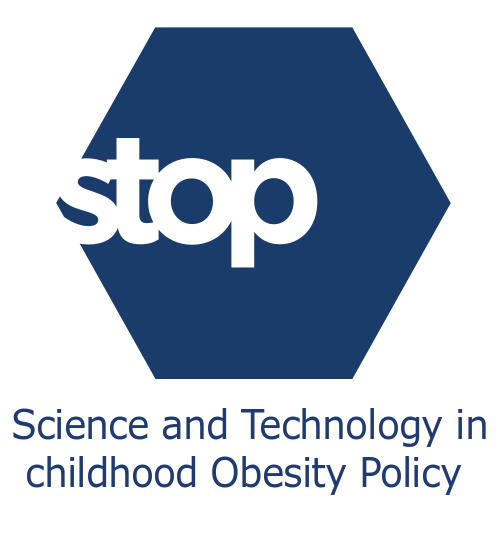Scientific projects like STOP are in their essence endeavours, characterised by clear goals, rigorously selected methods, and meticulous planning. However, the true quality of scientific work is also evident in its ability to respond to and study unexpected events that occur in its lifecycle.
One of the key tasks of WP7 in STOP is to establish the extent of the positive effect of the physical activity-enhancing Healthy Lifestyle intervention in Slovenia on obesity and physical fitness in children. The COVID-19 pandemic provided a unique opportunity for WP7 to additionally study the negative effects, caused by unprecedented restrictions that profoundly and rapidly changed physical activity patterns in children.
Due to the SLOfit national surveillance system, we managed to gather the data on physical fitness and somatic development of more than 65,000 children before the first wave of the pandemic and immediately after it. We were able to highlight the extremely worrying trends of childhood obesity and physical fitness. Hopefully, these findings will reach the key stakeholders and decision-makers and bring attention to the largely ignored developmental suspense of the paediatric population due to their diminished opportunities for sufficiently intensive physical exercise during lockdowns of schools, playgrounds, and sports clubs.
After the declining trend of childhood obesity in the pre-COVID-19 decade during which Slovenian boys and girls between 6 and 14 have been experiencing a moderate, 1% annual decline of obesity prevalence, the post-COVID-19 data revealed a 22.7% increase in obesity trends in boys and 19.7% in girls between 2019 and 2020 (Figure 1). Almost 60% of boys and girls experienced an increase of subcutaneous fat after only two months of anti-COVID-19 restrictions, which leads to the assumption, that the second-wave lockdown in autumn 2020 might have resulted in an even gloomier picture.

However, the negative trends in physical fitness development revealed an even more worrisome situation. After a decade of improving fitness at a 0.5% annual rate in boys and 1.1% in girls, they both experienced an almost 16% decline in the Physical Fitness Index, an indicator calculated from the results of eight SLOfit fitness tests (Figure 2).
The unprecedented decline in physical fitness occurred in 70% of boys and girls and pushed its levels below the lowest point in the 39 years of SLOfit surveillance in boys and close to the lowest point in girls.

Since children in Slovenia are one of the fittest and most physically active populations in Europe, it is very unlikely that the undeniable observed negative trends were absent among children in other countries.
The anti-COVID-19 restrictions have worsened the developmental prospects and increased the future health risks of most children. If the negative trends are not adequately addressed on a massive scale, by nationwide interventions that will provide regular and intensive physical activity to all children, the burden of the COVID-19 era is going to be felt throughout the lifetime of the COVID-generations of children.

